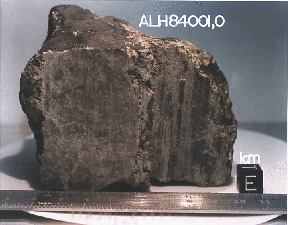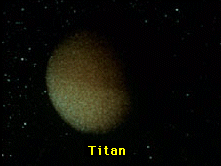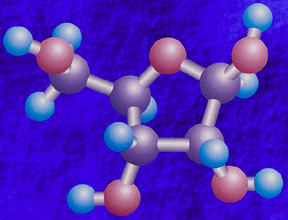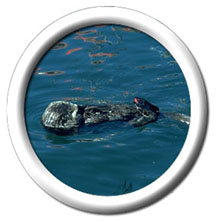This otter is floating on its back.
Click on image for full size
Windows Original, adapted from Corel Photography
Otters
Otters are animals that can spend their entire lives in the sea. Otters can come on land, but they don't move very well there! They may just come on land during a storm. Otherwise, they stay in the water, where they are adept swimmers.
Sea otters are dark brown in color. Its hair has the highest density of any animal, and so the otter has its own built-in wet suit which keeps it warm in cold water.
Otters often float on their backs while resting.
Otters feed primarily on fish, but will also eat sea urchins, abalone, clams, mussels and crabs. Once they catch their food, they are often seen preparing the food on their bellies while floating on their backs.
Sea otters don't have many natural predators. However, they are greatly affected by human actions such as oil spills. After the Valdez oil spill alone, over 1,000 otter carcasses were found on shore!
You might also be interested in:

Jupiter's atmospheric environment is one of strong gravity, high pressure, strong winds, from 225 miles per hour to 1000 miles per hour, and cold temperatures of -270 degrees to +32 degrees (freezing temperature).
...more
In July, 1996, it was announced that Dr. David McKay, along with a team of scientists at Johnson Space Center (a division of NASA), had discovered possible fossils of bacteria in a meteorite named ALH84
...more
Saturn's atmospheric environment is one of strong gravity, high pressure, strong winds, from 225 miles per hour to 1000 miles per hour, and cold temperatures of -270 degrees to +80 degrees. With winds
...more
Titan's atmosphere is a lot like the Earth's, except that it is very cold, from -330 degrees to -290 degrees! Like the Earth, there is a lot of Nitrogen and other complex molecules. There also may be an
...more
Autotrophs are organisms that can "make their own food" from an inorganic source of carbon (carbon dioxide) given a source of energy. Most autotrophs use sunlight in the process of photosynthesis to make
...more
In the warm primordial ocean, aggregates of amino acids, proteins, and other hydrocarbons came together into a form called *coacervates*. Amino acids will spontaneously form coacervates in the same way
...more
Over a very long time, gradual changes in the earliest cells gave rise to new life forms. These new cells were very different from the earlier heterotrophs because they were able to get their energy from
...more














